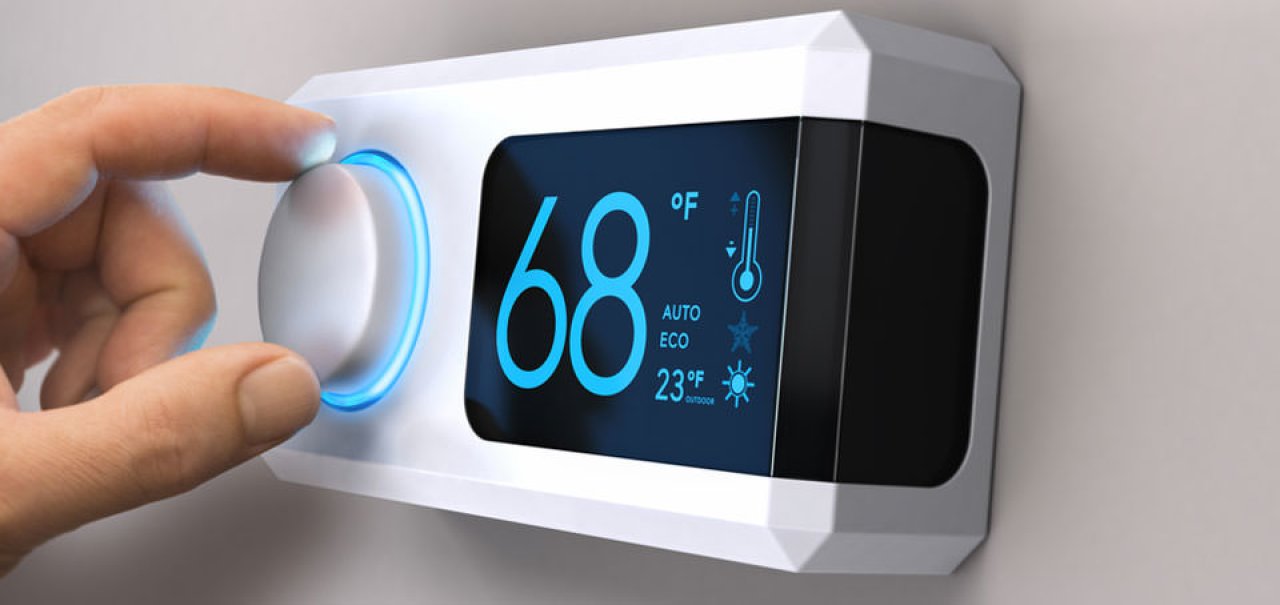By: David Smith
Summer is here, and with it often comes sweltering heat, high humidity - and the near-constant operation of air conditioning equipment. Electric kilowatt hours consumed to power your cooling units do accumulate quickly, and as a result your electric utility bill may careen out of control unless smart measures are taken to manage costs. Here are five tips for keeping your air conditioning bill reasonable, without having to sacrifice too much in the way of comfort and convenience:
1. It all starts at the thermostat.
78 degrees is the sweet spot setting where energy efficiency and acceptable comfort intersect, for most folks. Yes, 72 feels nicer, but the
U.S. Department of Energy says those six degrees will cost you close to 20% in cooling costs. Remember: the smaller the differential between outdoor and indoor temperatures during the cooling season, the lower your bill. Programmable thermostats pay for themselves by reducing your cooling costs when you're away or asleep.
2. Be a fan-atic.
Those in Northern climates know the term "wind-chill effect," when 30 degrees feels like 20 due to the feel of moving air on the skin. Wind-chill works the same way with warm air, so get a cool feeling by moving the air in your home with fans. That 78 degree thermostat setting can feel like 72 degrees with fans creating a cooling breeze. Turn fans off to save energy when you leave the room, of course.
3. Avoid generating heat inside.
How? Your clothes dryer, oven, and dishwasher are prime culprits. Air-dry clothes, cook on the grill or in the microwave oven, and hand-wash dishes, and you'll give your cooling system a break, while taking your share of pressure off the electric utility grid at the same time. Use large-wattage appliances in the evening, if possible. Even TVs and computers generate heat, as do incandescent light bulbs (90% of their energy is given off as heat).
4. Inspect and maintain the equipment.
Cooling units work harder when their filters are clogged with dust and grime. Cleaning and/or replacing an air conditioner's filter can cut cooling costs by 10-15%. Registers for central air systems should be kept clear of dust, and unblocked by furniture. Check the central air system's outdoor condensor/evaporator coil unit to make sure branches, leaves, or other debris don't block air flow.
5. Windows: let the sun shine in?
In a word, no. Bare window glass permits not just light (both visible, and harmful UV) to enter a building;
it also transmits heat. Cooling costs for any building with glass can be cut significantly through the installation of a quality window film product, performed by a window film professional. Keeping curtains and shades drawn on any window will also reduce solar heat gain inside the home.



